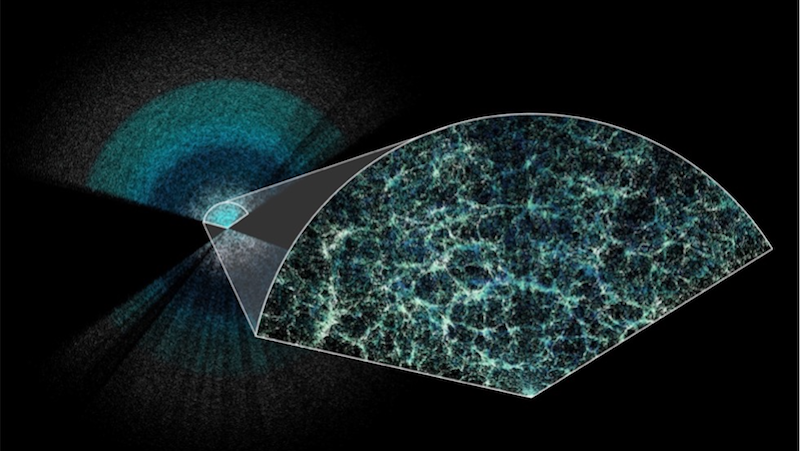Researchers Model New Drugs at the Quantum Level

What’s the Latest Development?
Using an IBM supercomputer, biomedical researchers have simulated precisely how an anti-cancer drug works on the quantum level, representing a positive step toward a new era of nano-medicine. The treatment in question is one such nano-drug, “82 carbon atoms in the shape of a so-called buckyball that forms a cage enclosing a single atom of a heavy metal called gadolinium.” With the help of the supercomputer, researchers have discovered that the drug, which works by inhibiting enzymes that encourage the spread of cancer, attaches to a specific location on the enzyme.
What’s the Big Idea?
As computing power increases, drug makers are increasingly able to model drug interactions in laboratory settings, understanding how medicine works on a molecular level which speeds trial times and makes experiments more effective. Bruce Tidor, a computational biologist at MIT, said: “High-performance supercomputing is becoming especially important in the study of large, complex, multiscale systems. … This requires simulation models at many scales—from cell circuits to fluid dynamics to molecular modeling and quantum mechanics—to all be sewn together within the appropriate framework. This is going to be important for drug discovery in the future and will require supercomputing to do well.”
Photo credit: Shutterstock.com





